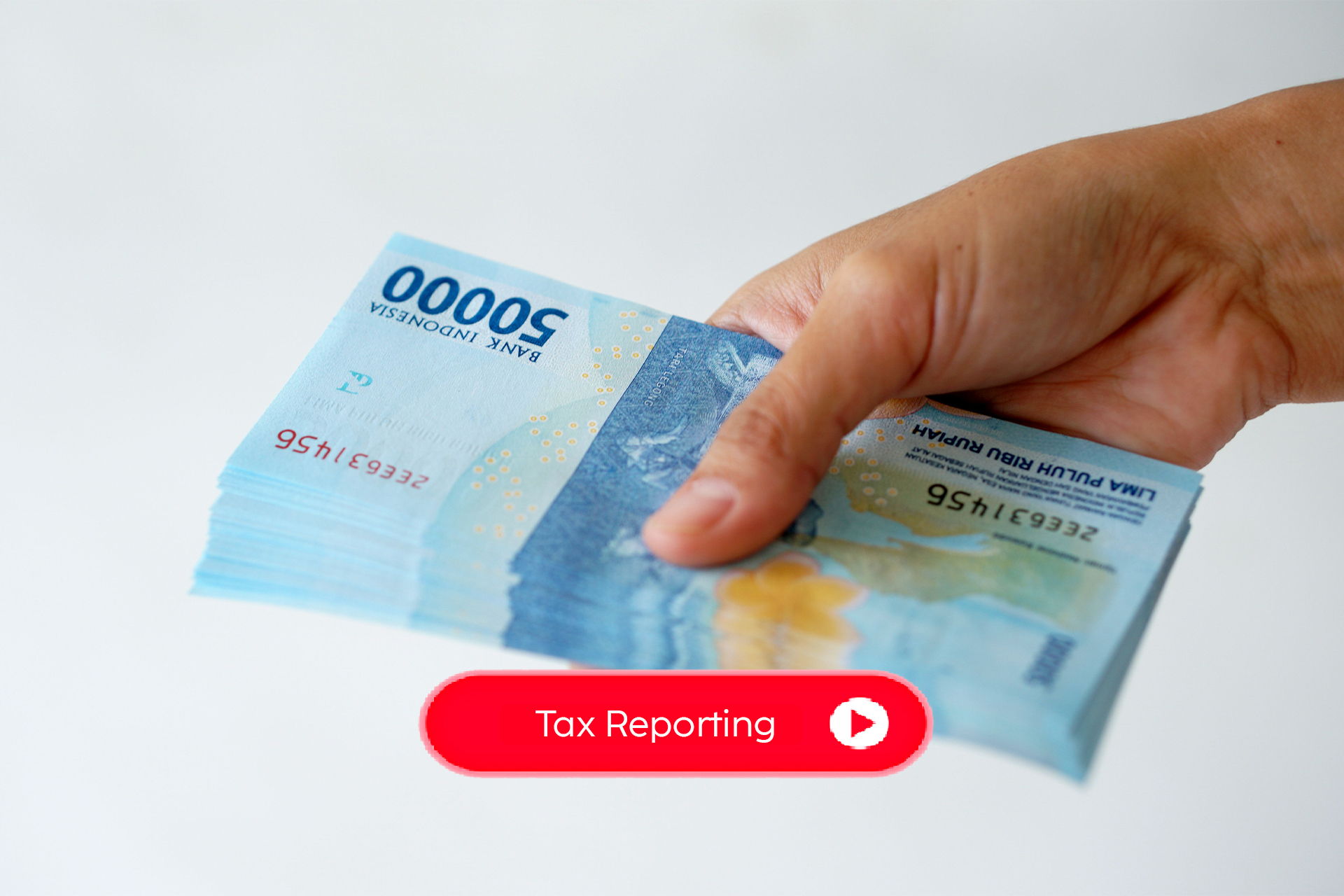The Directorate General of Taxes (DJP) is set to implement a new format for calculating the collection and deduction rates of Article 21 Employee Income Tax 21 or PPh 21 in the year 2024. This innovative calculation format leverages the Average Effective Rate (TER). The alteration in the rate calculation method is not confined to employees or those with regular monthly salaries; it is also designed for payment recipients who fall outside the category of employees or freelancers.
Suryo Utomo, the Director General of Taxes, elucidates that the adoption of the TER calculation format aims to simplify and streamline the calculation process. This will ultimately facilitate taxpayers in computing the deducted Income Tax 21 or PPh 21 by their respective companies.
Crucially, the revised PPh 21 rate calculation method extends its application beyond traditional employees to include payment recipients who are not salaried employees or freelancers. Suryo emphasizes, ‘This average effective rate will also be applied to deductions on income received by non-employees.’
Income Tax 21 for Non-Employees or Freelancers
Freelancers are subject to taxation due to the established practice of tax withholding by companies where they are employed. These companies furnish evidence of tax deduction. However, the scenario differs for additional income, characterized by its variable monthly nature and the absence of supporting documentation indicating the specific amount of supplementary income.
Historically, the calculation of non-employee or freelancer income tax has exhibited slight disparities compared to the methodology employed for employees. This distinction arises from the utilization of the Net Income Calculation Norm (NPPN).
In the taxation process, freelancers are subjected to Article 21 Income Tax rather than being classified as employees. This is because freelancers do not receive remuneration for continuous work but only sporadically.
Individual taxpayers engaged in business activities or freelance work, with gross circulation within 1 year totaling less than IDR 4.8 billion, are granted permission by the DJP to calculate net income using NPPN.
Suryo notes, ‘The condition is to notify the Director General of Taxes within the first 3 months of the relevant tax year,’ as quoted from the @ditjenpajakri Instagram account. The notification of NPPN can be accomplished through DJP Online on the website djponline.pajak.go.id. Upon successfully navigating the site, individuals can select the service column, click on the Info KSWP icon, and subsequently choose the NPPN Usage Notification option.
Prior to embarking on tax calculations using NPPN, it is essential to acknowledge that the Directorate General of Taxes has furnished a List of Percentage Norms for calculating Net Income. This list is categorized by region, serving as a multiplier of gross income per year. The categorization is stipulated in the attachment to Director General of Taxes Regulation Number 17 of 2015.
These regional groups encompass 10 provincial capitals: Medan, Palembang, Jakarta, Bandung, Semarang, Surabaya, Denpasar, Manado, Makassar, and Pontianak.
Alternatively, if employing the TER method, the calculation formula has been newly presented by the Directorate General of Taxes for employee cases. The formula involves multiplying TER by Gross Income for tax periods other than the last tax period. Conversely, the last tax period uses the tariff in Article 17 paragraph 1 letter a of the Income Tax Law. This tariff applies to the gross income amount reduced by job or pension expenses, pension contributions, and PTKP.
This effective rate comprehensively factors in Non-Taxable Income (PTKP) for various PTKP status categories, including single, married, and married with a working partner, with the consideration of the number of dependents, whether already or not yet acquired.
Thus, the TER calculation format will be accompanied by the release of a PTKP table book, adhering to Chapter III Article 7 of Law Number 7 of 2021 concerning Tax Regulation Harmonization.
The table will vertically organize PTKP status types such as Single, Married, and Married with a Working Partner. Horizontally, it will arrange the number of dependents using symbols TK/0 – TK/3, K/0 – K/3, and K/I/0 – K/I/3. Nominal values for TK/0 are set at IDR 54 million, K/0 at IDR 58.5 million, and K/I/0 at IDR 108 million, as quoted from cnbcindonesia.
The Latest Income Tax Rate Structure
The income tax rate structure consists of four categories, ranging from 5 percent to 30 percent. Notably, an additional rate has been introduced for the highest income bracket, exceeding IDR 5 billion, with a set rate of 35 percent. The applicable rates are outlined as follows:
- Income up to IDR 60 million incurs a 5 percent rate.
- Income ranging from IDR 60 million to IDR 250 million attracts a 15 percent rate.
- Income ranging from IDR 250 million to IDR 500 million entails a 25 percent rate.
- Income from IDR 500 million to IDR 5 billion faces a 30 percent rate.
- Income surpassing IDR 5 billion incurs a 35 percent rate.”





 20% off today. Whatsapp us!
20% off today. Whatsapp us!